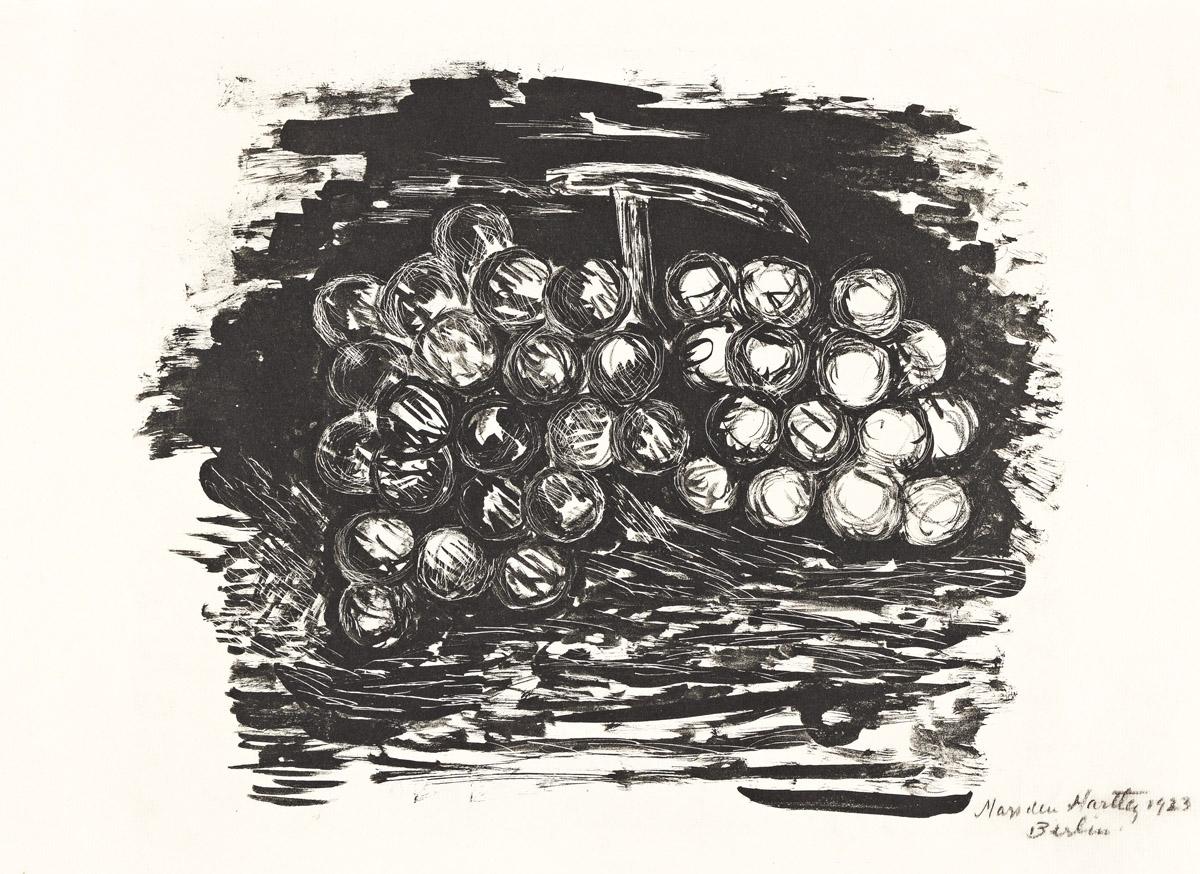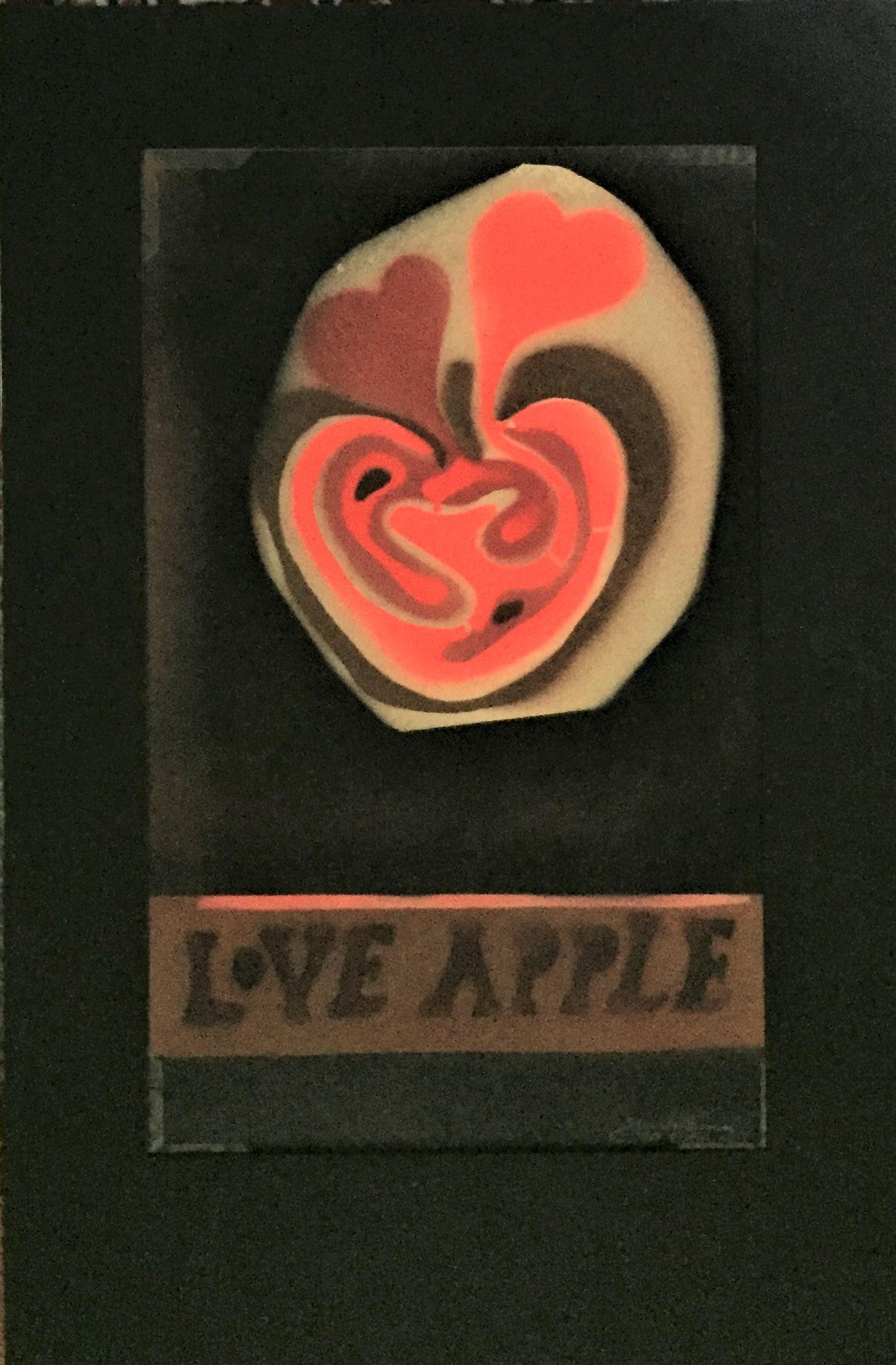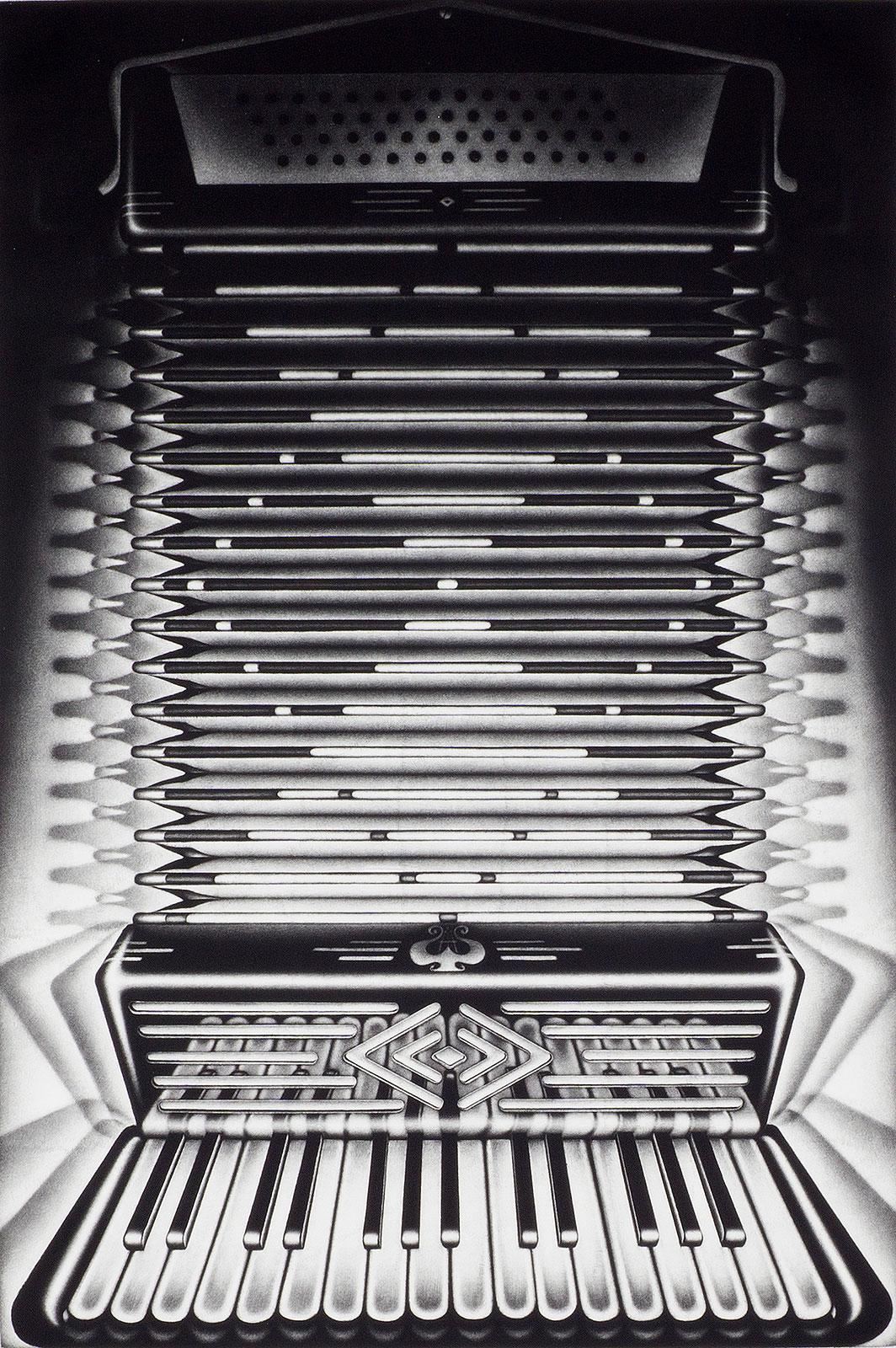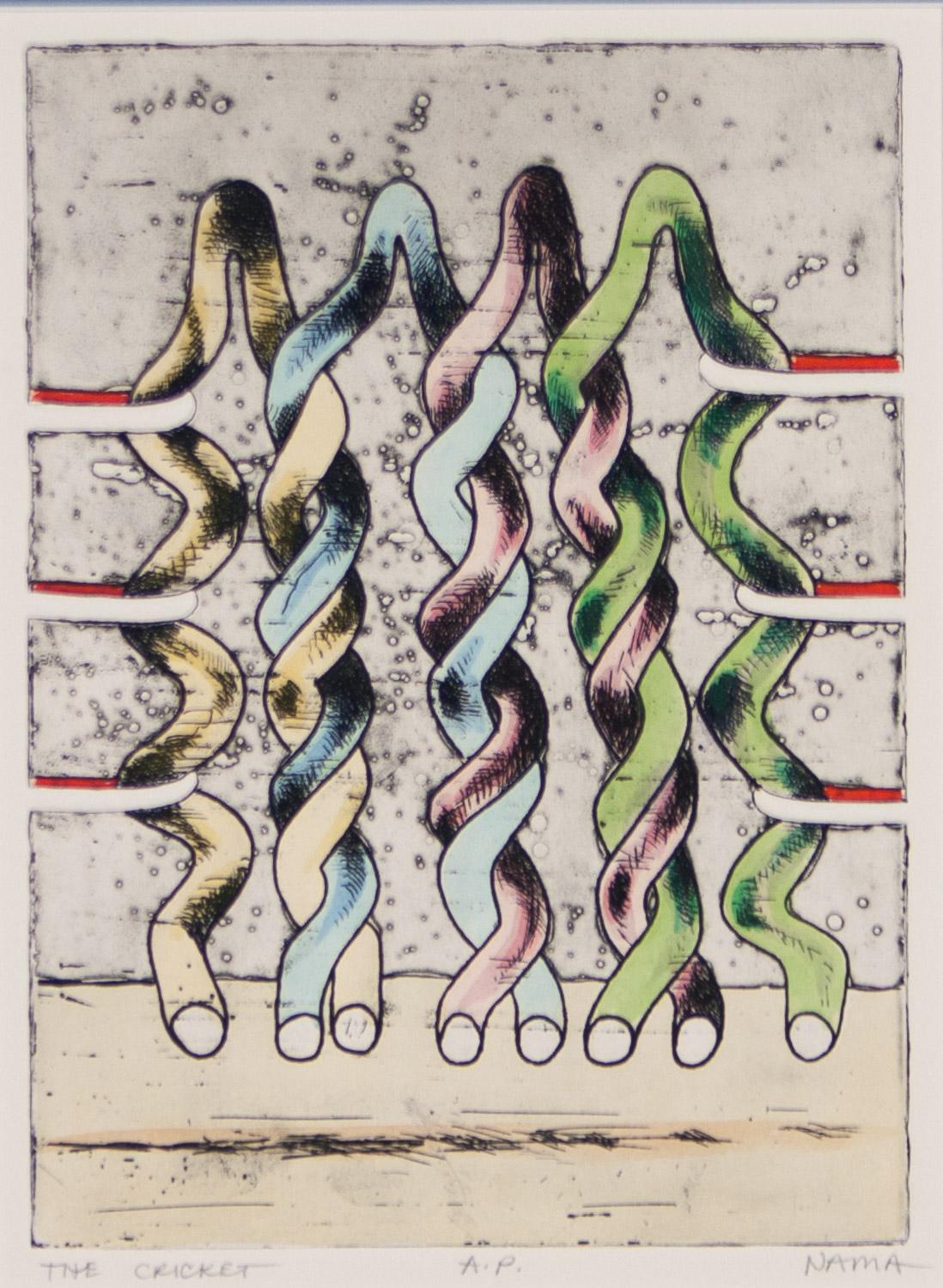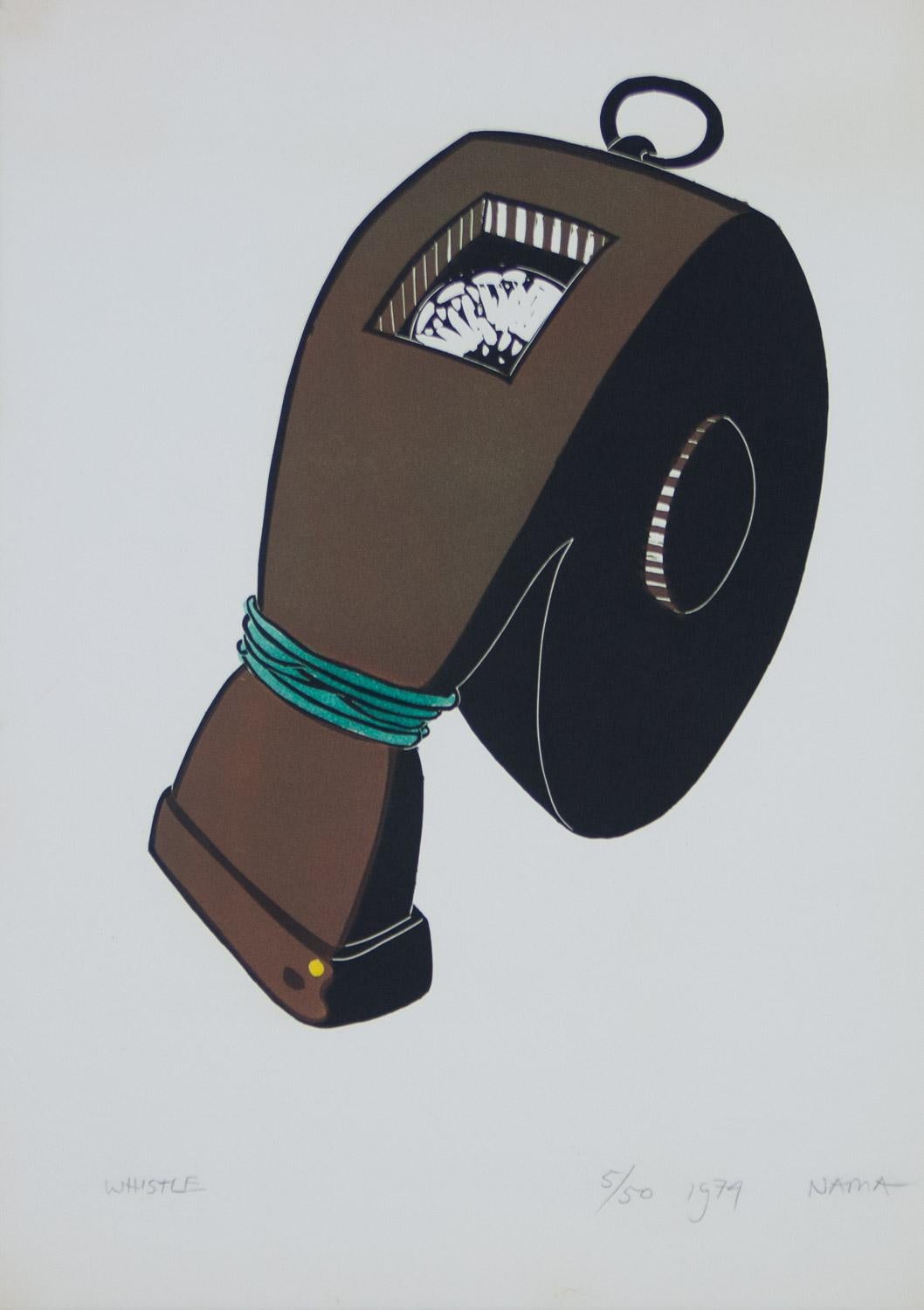Items Similar to After Pablo Picasso - The Basket
Want more images or videos?
Request additional images or videos from the seller
1 of 11
UnknownAfter Pablo Picasso - The Basket 1920-1946
1920-1946
About the Item
With the printed signature of Picassp and date, as issued
Based on an original composition of 1920, printed in 1946
Picture Dimensions: 21 x 31 cm.
Sheet Dimensions: 31 x 41 cm
Printed in 1946 by Albert Carman
Pablo Picasso
Picasso is not just a man and his work. Picasso is always a legend, indeed almost a myth. In the public view he has long since been the personification of genius in modern art. Picasso is an idol, one of those rare creatures who act as crucibles in which the diverse and often chaotic phenomena of culture are focussed, who seem to body forth the artistic life of their age in one person. The same thing happens in politics, science, sport. And it happens in art.
Early life
Born in Malaga, Spain, in October of 1881, he was the first child born in the family. His father worked as an artist, and was also a professor at the school of fine arts; he also worked as a curator for the museum in Malaga. Pablo Picasso studied under his father for one year, then went to the Academy of Arts for one year, prior to moving to Paris. In 1901 he went to Paris, which he found as the ideal place to practice new styles, and experiment with a variety of art forms. It was during these initial visits, which he began his work in surrealism and cubism style, which he was the founder of, and created many distinct pieces which were influenced by these art forms.
Updates in style
During his stay in Paris, Pablo Picasso was constantly updating his style; he did work from the blue period, the rose period, African influenced style, to cubism, surrealism, and realism. Not only did he master these styles, he was a pioneer in each of these movements, and influenced the styles to follow throughout the 20th century, from the initial works he created. In addition to the styles he introduced to the art world, he also worked through the many different styles which appeared, while working in Paris. Not only did he continually improve his style, and the works he created, he is well known because of the fact that he had the ability to create in any style which was prominent during the time.
Russian ballet
In 1917, Pablo Picasso joined the Russian Ballet, which toured in Rome; during this time he met Olga Khoklova, who was a ballerina; the couple eventually wed in 1918, upon returning to Paris. The couple eventually separated in 1935; Olga came from nobility, and an upper class lifestyle, while Pablo Picasso led a bohemian lifestyle, which conflicted. Although the couple separated, they remained officially married, until Olga's death, in 1954. In addition to works he created of Olga, many of his later pieces also took a centralized focus on his two other love interests, Marie Theresa Walter and Dora Maar. Pablo Picasso remarried Jacqueline Roque in 1961; the couple remained married until his death 12 years later, in 1973.
Work as a pacifist
Pablo Picasso was a pacifist, and large scale paintings he created, showcased this cry for peace, and change during the time. A 1937 piece he created, after the German bombing of Guernica, was one such influential piece of the time. Not only did this become his most famous piece of art work, but the piece which showed the brutality of war, and death, also made him a prominent political figure of the time. To sell his work, and the message he believed in, art, politics, and eccentricity, were among his main selling points.
Conflicting with social views
Many things Pablo Picasso did during the 1950s, conflicted with the general public. Viciousness towards his children, exaggerated virility towards women, and joining the Communist party, were some of the many scandals which he was involved in during his lifetime. Although most of the things he did were viewed negatively by a minority of the general public, admirers of Pablo Picasso turned a blind eye, and still accepted him as a prominent figure in their society. Following the end of WWII, Pablo Picasso turned back towards his classic style of work, and he created the "Dove of Peace." Even though he became a member of the Communist party, and supported Stalin and his political views and rule, Pablo Picasso could do no wrong. In the eyes of his admirers and supporters, he was still a prominent figure, and one which they would follow, regardless of what wrongs he did. He was not only an influence because of the works he created, but he was also an influential figure in the political realm.
Influence outside of art
Although Pablo Picasso is mainly known for his influence to the art world, he was an extremely prominent figure during his time, and to the 20th century in general. He spread his influences to the art world, but also to many aspects of the cultural realm of life as well. He played several roles in film, where he always portrayed himself; he also followed a bohemian lifestyle, and seemed to take liberties as he chose, even during the later stages of his life. He even died in style, while hosting a dinner party in his home.
Collection of work
Pablo Picasso is recognized as the world's most prolific painter. His career spanned over a 78 year period, in which he created: 13,500 paintings, 100,000 prints and engravings, and 34,000 illustrations which were used in books. He also produced 300 sculptures and ceramic pieces during this expansive career. It is also estimated that over 350 pieces which he created during his career, have been stolen; this is a figure that is far higher than any other artist throughout history.
Sale of his works
Pablo Picasso has also sold more pieces, and his works have brought in higher profit margins, than any other artist of his time. His pieces rank among the most expensive art works to be created; with a price tag of $104 million, Garson a la Pipe, was sold in 2004.
Although he had a conflicting lifestyle, Pablo Picasso was admired by many, and was one of the most influential figures of his time. Not only during his life, but also after his death, he is still one of the most well known artists, and political figures, of his time. With thousands of pieces to his name, and art works which have been seen by millions, around the world, he has been a great influence to society, he has influenced the art world, and he introduced many new styles of art, which helped shape modern art, and modern styles artists follow today.
- Creation Year:1920-1946
- Dimensions:Height: 12.21 in (31 cm)Width: 16.15 in (41 cm)Depth: 0.04 in (1 mm)
- Medium:
- Movement & Style:
- Period:
- Condition:
- Gallery Location:Collonge Bellerive, Geneve, CH
- Reference Number:1stDibs: LU16121630263
About the Seller
4.9
Platinum Seller
These expertly vetted sellers are 1stDibs' most experienced sellers and are rated highest by our customers.
Established in 2015
1stDibs seller since 2015
908 sales on 1stDibs
Typical response time: 1 hour
- ShippingRetrieving quote...Ships From: Collonge Bellerive, Geneve, Switzerland
- Return PolicyA return for this item may be initiated within 7 days of delivery.
More From This SellerView All
- Joan Miro - a plate from L'Issue DérobéeBy Joan MiróLocated in Collonge Bellerive, Geneve, CHJoan Miro - a plate from L'Issue Dérobée Etching, aquatint and drypoint in colors 1974 Dimensions: 36 x 54 cm Edition: 220 Jacques Dupin, L'Issue Dérobée, Maeght Editeur, Paris, 19...Category
1970s Modern Abstract Prints
MaterialsLithograph
- Joan Miro - L'Issue Dérobée - Original AquatintBy Joan MiróLocated in Collonge Bellerive, Geneve, CHJoan Miro - L'Issue Dérobée - Original Aquatint 1974 Dimensions: 36 x 54 cm Edition: 220 Jacques Dupin, L'Issue Dérobée, Maeght Editeur, Paris, 1974 (C. books 187) Biography Joa...Category
1970s Modern Abstract Prints
MaterialsLithograph
- Pierre Alechinsky - Composition - Original LithographLocated in Collonge Bellerive, Geneve, CHPierre Alechinsky - Composition - Original Lithograph From the literary review "XXe Siècle" 1960 Dimensions: 32 x 24 cm Publisher: G. di San Lazzaro. Unsigned and unumbered as issuedCategory
1960s Abstract Abstract Prints
MaterialsLithograph
- François Fiedler - Lithograph from XXe SiècleBy François FiedlerLocated in Collonge Bellerive, Geneve, CHFrançois Fiedler - Lithograph From the literary review "XXe Siècle" 1960 Dimensions: 32 x 24 cm Publisher: G. di San Lazzaro. Unsigned and unumbered ...Category
1960s Abstract Abstract Prints
MaterialsLithograph
- Joan Miro -By Joan MiróLocated in Collonge Bellerive, Geneve, CHFrom Joan Miro by Jacques Prévert and Georges Ribemont-Dessaignes. Unknown publication size Plate I, from Joan Miro by Jacques Prévert and Georges Ribemont...Category
1950s Abstract Abstract Prints
MaterialsLithograph
- Joan Miro - Original Abstract LithographBy Joan MiróLocated in Collonge Bellerive, Geneve, CHJoan Miro Miro Original Abstract Lithograph Artist: Joan Miro Medium: Original lithograph on Rives vellum Portfolio: Miro Lithographe Year: 1972 Edition: 5000 Image Size: 10" x 13" S...Category
1970s Abstract Abstract Prints
MaterialsLithograph
You May Also Like
- GrapesBy Marsden HartleyLocated in New York, NYA superb, richly-inked impression of this early, very scarce lithograph. Signed and dated in pencil, lower right.Category
1920s American Modern Still-life Prints
MaterialsLithograph
- Love Apple (Brown background).By Jane Martin VonBosseLocated in Storrs, CTLove Apple (Brown background). 1967. Linoleum cut printed in black, red, orange, brown and tan. 16 1/2 x 12 1/2 (sheet 21 3/4 x 15). Edition 18. A vivid impression printed on wove pa...Category
1960s American Modern Abstract Prints
MaterialsLinocut
- Love Apple (Black background)By Jane Martin VonBosseLocated in Storrs, CTLove Apple (Black background). 1967. Linoleum cut printed in brown, red, orange, black and tan. 19 1/2 x 12 1/2 (sheet 22 1/2 x 14 3/16). A vivid impression printed on wove paper pap...Category
1960s American Modern Still-life Prints
MaterialsLinocut, Color
- Vertical Zydeco (Making Cajun music with rhythmic patterns of light and shadow)By Carol WaxLocated in New Orleans, LACarol Wax's "Vertical Zydeco" reflects a fascination with ways to suggest sound and movement through rhythmic patterns of light and shadow. It is an edition of 75. The image is real...Category
1990s American Modern Still-life Prints
MaterialsMezzotint
- The Cricket hand painted etching by George Nama 1978By George NamaLocated in Paonia, COThe Cricket is a hand painted etching by American artist George Nama edition A. P. hand signed and titled in pencil by the artist. Believed to be from a collection of 9 etchings from the suite titled "The Origin of Language." This etching is raised at the six horizontal red lines and is touched by hand with watercolor in green, pink, white and red colors. It is in excellent condition. George Allen Nama was born in Homestead near Pittsbugh, Pennsylvania in 1939. In the 1960’s he was part of an international artistic circle in Paris while working at the Atelier 17 with William Stanley...Category
1970s American Modern Abstract Prints
MaterialsEtching
- Whistle lino-cut from George Nama suite Tight Rope 1974By George NamaLocated in Paonia, COWhistle by American artist George Nama is from ” Tightrope ” a suite of ten lino-cuts published by Monument Press 1974. We see a stark image of a large whistle with a wire binding it’s movement which changes the viewers concept of what they think they are perceiving. In this series of ten lino-cuts Nama takes ordinary household objects and makes them inoperable by wrapping a wire around the workable part of the object and presenting one object at a time. There seems to be a sense of humor and at the same time profundity with each image. All copies are individually signed and numbered by the artist. This is copy number 5/50 and is touched by hand with watercolor on Arches cover stock paper and printed by Monument Press in Pittsburgh, Pennsylvania. This print is in excellent condition. George Allen Nama was born in Homestead near Pittsbugh, Pennsylvania in 1939. In the 1960’s he was part of an international artistic circle in Paris while working at the Atelier 17 with William Stanley Hayter...Category
1970s American Modern Still-life Prints
MaterialsLinocut
